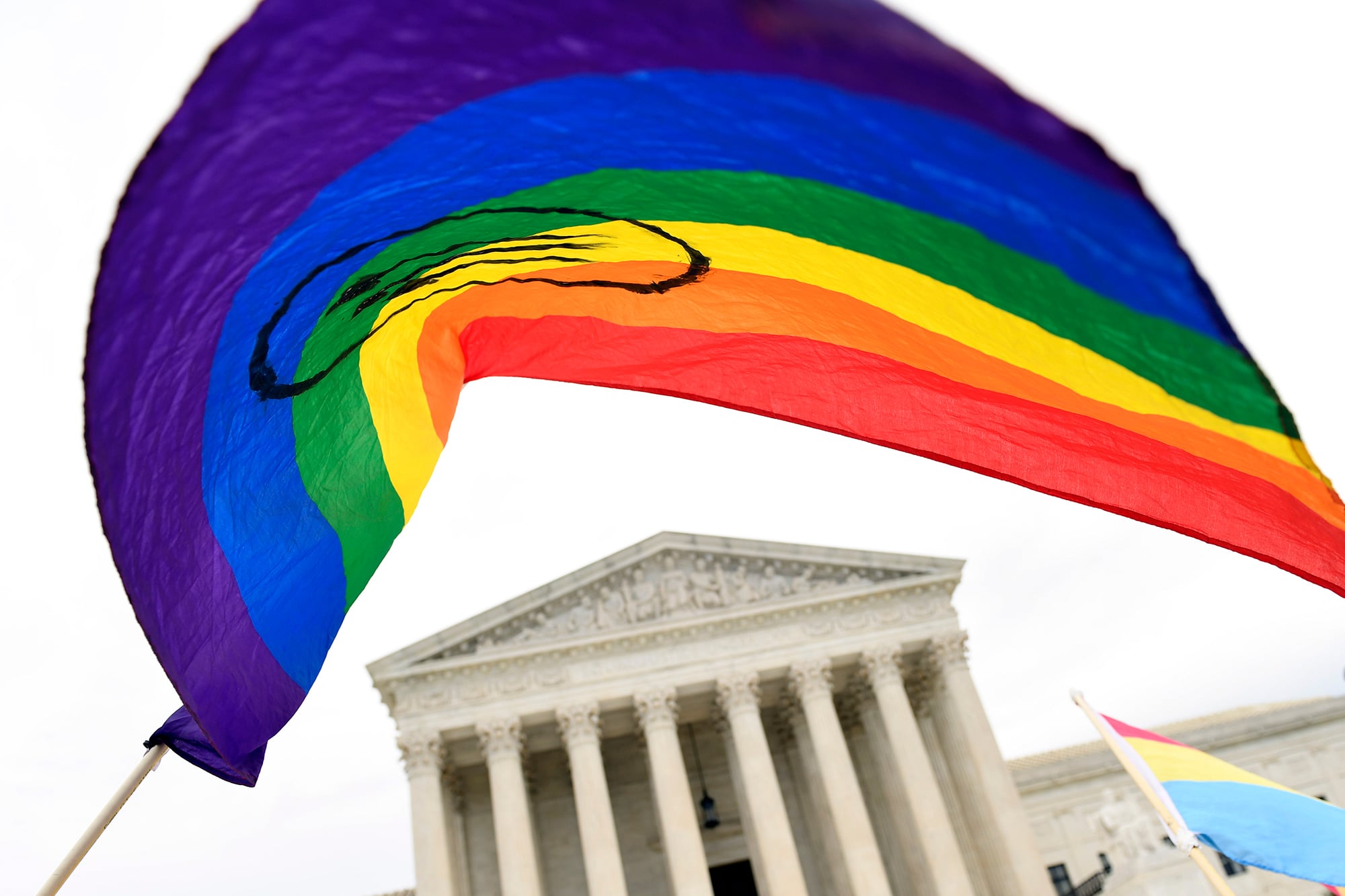Though President Donald Trump ostensibly sought to ban transgender Americans from serving in the military for the sake of readiness and unit cohesion, a recent study found that the policy has had the opposite effect on the force.
Led by physicians who previously served as the top medical officers in the Army, Navy and Coast Guard, the Palm Center report, released in November, found that not only did the ban poison the well in units that were otherwise in the process of implementing the Obama-era transgender inclusion policy, it shrank an already dwindling recruiting pool and left a bad taste in the mouths of the general American public, which in polling has shown consistent support for transgender service members.
“The ban has kind of emboldened everybody to be transphobic again,” an active-duty sailor told researchers in an interview. “There’s no protections.”
In June 2016, then-Defense Secretary Ash Carter had lifted the previous ban on transgender service members, giving the services several months to craft policies and begin implementing them.
What they came up with included a path to transition for troops wishing to live under their preferred gender identities, working with their commands and a military doctor to start hormone replacement therapies and, if they chose, work their way to gender confirmation surgery.
At the end of their agreed-upon treatment plans, they could change their gender markers in the Defense Department’s personnel system and begin living as their preferred gender, to include grooming and fitness standards, as well as shared housing.
Less than a year after the services implemented training to teach chains of command how to handle these transitions, Trump tweeted in July 2017 his intention to reinstate the ban.
RELATED

Though it would take until April 2019 to put it into effect, the intervening years sowed confusion, with some commands abandoning their efforts to integrate transgender troops, while recruiters often stopped reaching out to their transgender prospects.
“Before the ban, the Navy’s stance was that transgender people are real people and they have a status and we’re going to help them transition to what they need to be so they can continue to serve. So there was pressure for the leadership to push down [from the top] acceptance of trans people,” the sailor said. “But now that the ban has been reinstated, there’s no longer anyone trying to accept us anymore.”
Researchers pulled data and anecdotes from 97 online survey respondents and 16 individual interviews, plus a review of 26 scholarly studies and more than 200 news stories.
“The Pentagon cited a threat to readiness, unit cohesion, and lethality, and the financial costs of inclusive service, yet it offered little evidence linking transgender service to these outcomes, and scholars have not assessed the impact of the ban itself on readiness,” the researchers wrote.
The price of integration
In his tweet announcing his intent to change policy, Trump said that the services “cannot be burdened with the tremendous medical costs and disruption that transgender in the military would entail.”
The Defense Department crunched those numbers, estimating it would cost about $3 million a year to treat transgender troops ― 0.4 percent of the $740 billion 2020 defense budget, or about the cost of a light armored vehicle.
“Inclusive policy, in other words, did not impose a meaningful financial burden on the Defense Department’s budget, and it is unlikely that the ban, whose financial costs include extensive litigation, entailed any financial savings,” researchers wrote.
They also found dubious the charge that transgender troops would be a drain on readiness because of their ongoing medical care for gender dysphoria, the medical diagnosis for the anxiety one feels when their body does not match their gender identity, the treatment for which is transitioning.
Between 2015 and 2017, according to DoD data, 393 out of 994 troops with gender dysphoria deployed to Iraq or Afghanistan, on par with the rest of the force. Only one individual sat out a deployment, citing mental health reasons.
“Individuals who are diagnosed with gender dysphoria and receive adequate medical care are no less deployable than their peers,” a 2018 Palm Center report found.
Further, the researchers found, the policy itself caused issues with morale and unit cohesion.
“The ban appears to have emboldened anti-transgender harassment by commanders or peers, which can come in the form of selective and unequal enforcement of personnel policies ... ; disparaging comments; and implied threats that the ban’s overriding message that transgender people don’t belong in uniform could be used to drive such service members out,” according to the report.
And then there were the issues with recruiting and retention it created. An unwelcome environment, including one that respondents said unfairly targeted transgender troops for disciplinary action and poor performance reviews, translated to fewer existing transgender troops continuing their careers.
Meanwhile, military service recruiters for years have been lamenting that less than one percent of American youth are eligible to and interested in serving in the military.
The Palm Center argued that banning transgender service members not only cut that group of out of the recruiting pool, an estimated 205,000 eligible young adults, it also soured the military’s target age demographic on service.
A 2019 Gallup poll found that 84 percent of Americans aged 18 to 29 supported allowing transgender Americans to serve. A Quinnipiac poll came in at 86 percent, and Harvard/Harris 68 percent.
“The ban harms the military’s reputation and its appeal to millions of qualified non-transgender Americans by casting the armed forces as unwelcoming and intolerant,” researchers wrote.
RELATED

The policy may not be long for the world, however, in light of the election of former Vice President Joe Biden. A campaign policy document decried Trump administration policies that targeted the LGBTQ community.
“Policymakers who aim to advance military personnel policy that maximizes readiness benefits and minimizes overall costs would be well served by reconsidering the current transgender ban, weighing the costs and benefits of the policy, and noting our findings that the costs far outweigh the benefits,” the Palm Center study concluded.
Meghann Myers is the Pentagon bureau chief at Military Times. She covers operations, policy, personnel, leadership and other issues affecting service members.





